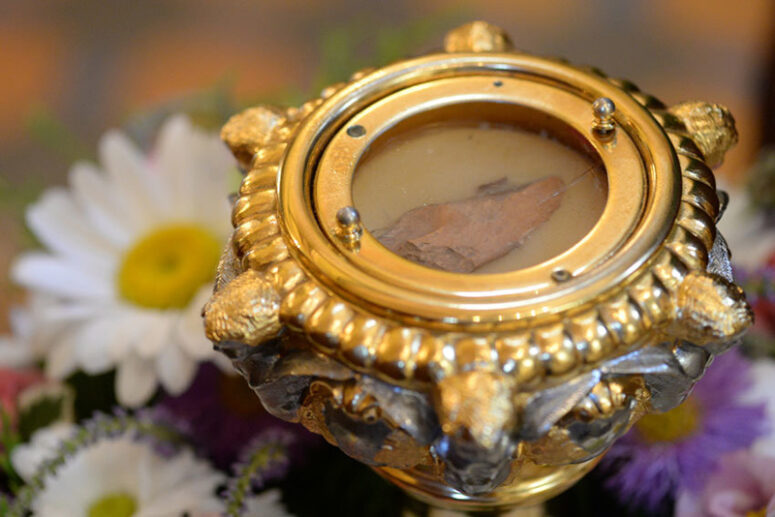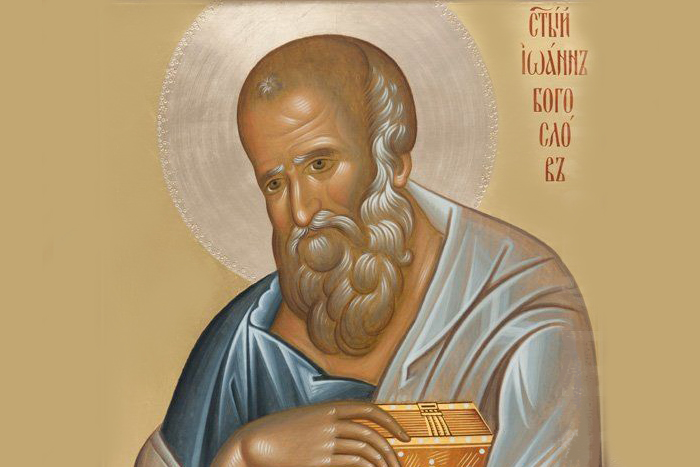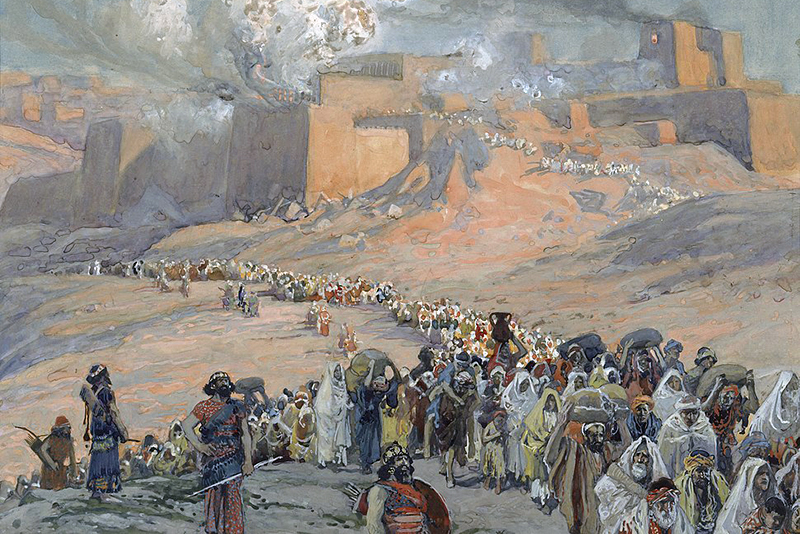
You can find pieces of relics of various saints in any church. They symbolize the prayerful presence of the deceased saint, to whom the church visitors can turn with a request or gratitude. Who separates all these relics and when are they separated? Is it possible to confirm their authenticity or learn about their origin?
Priest Timothy Kitnis, historian and head of the Apostle Thomas Pilgrimage Center in Europe, answers these and other questions.
Why are relics divided into particles?
The practice of separating relics is based on the fact that it is not the body of a saint that is the source of healing and miracles, but, in the words of the Seventh Ecumenical Council “Christ, Who dwells in them… ” This power is indivisible.
Even the smallest particle allows us to touch all the holiness and all the fullness of the divine grace dwelling in the saint. Christians share their relics for as many people as possible to have the opportunity to partake of this power. Those surprised by this tradition seem to forget about what is happening at the Liturgy. When a priest breaks the Body of Christ into particles before Communion and puts them into the Chalice, the believers partake of Him as a whole, also themselves becoming part of the One, indivisible Body of Christ.
When did the tradition of sharing relics begin?
Relics have been divided since ancient times. We can trace the evidence of such a tradition reading the written sources from as early as the fourth century. For example, St John Chrysostom (c. 347 – 407) says in his sermon: “Holy relics are inexhaustible treasures, incomparably higher than earthly treasures. Unlike the earthly riches that diminish when divided into parts, the holy relics reveal their wealth even more when shared. Such is the property of spiritual things that they increase through distribution and multiply through division.”
Relics have been hidden, moved, lost and gained multiple times in history. There are relics that still remain incorrupt (Saint Spyridon of Trymythus, the Venerable Alexander Svirsky), and there are those that have decayed over time. The greater the glory of the deceased saint, the more churches and monasteries would want a part of his relics for themselves. Not all saints had relics. Sometimes pagans destroyed the bodies of martyrs by burning them or throwing them into water.
Is there a procedure for transferring relics?
Yes, there is. This procedure has changed over time. In Byzantium, as well as in ancient Rus and today’s Russia, this has typically been done at the bishop’s request. A bishop sent an official letter to a church or monastery of another diocese (church administrative territorial unit) with a request to separate a part of the relics. This request was considered and, if there was such an opportunity, the particle was separated, and brought to where the request came from either by a trusted priest, or a solemn procession of the cross. Then the relics were inserted into an icon, or a reliquary (a container for storing valuable relics), made for them to be kept with reverence in a church.
To be continued
Source: https://foma.ru/kto-i-zachem-razdelyaet-moshhi-svyatyih-na-chastitsyi.html (abridged)




